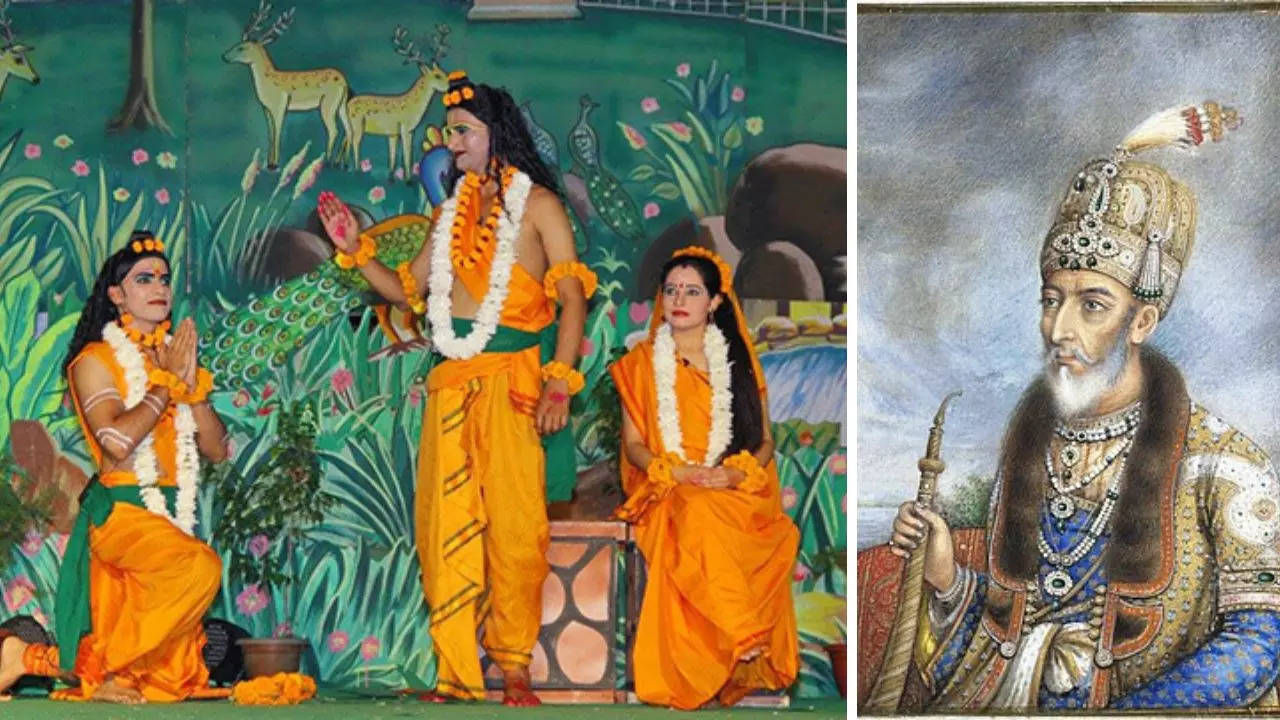
Ramlila season is upon us, and Shahjahanabad (present-day Old Delhi) has a historical association with it that spans centuries. As Navratri begins, the city witnesses the staging of Ramlilas in various nooks and corners of Delhi, culminating in Dussehra celebrations, where effigies of Ravana, his brother Kumbhkaran, and his son Meghnad are burnt to symbolise the victory of good over evil.
The Walled City is home to some of the biggest and oldest Ramlilas in Delhi. It is believed that the tradition of Ramlilas is more than 300 years old, dating back to the time when Shah Jahan built Shahjahanabad. The oldest known Ramlila was organised by Mughal emperor Bahadur Shah Zafar, at the request of his Hindu soldiers.
The concept of the Ramlila Savaari, which is still prevalent today, was started by Bahadur Shah Zafar sometime in the 1830s. This was take over by Shri Ramlila Committee (SRC) that has been organising the oldest Ramlila in Delhi. It is believed that the Ramlila is about 190 years old. For those unfamiliar, the Ramlila Savaari is a procession through Old Delhi that begins on the first day of Navratri and continues until Bharat Milap, the day after Dussehra. Artistes dressed as Ram, Sita, and Lakshman are carried on a chariot or floats, accompanied by fanfare throughout the procession.
Read: Mysuru Dasara: The Forces Behind Reviving Its Lost Glory
During Bahadur Shah Zafar's time, the Ramlila was held on the floodplains of the Yamuna River, behind the Red Fort. The Ramlila Maidan in Old Delhi, the current venue, was originally a pond that was filled in, and the Ramlila was relocated there in the 1930s. "Geographically, the ground lies between Old Delhi and New Delhi. The historic Turkman Gate of the old city stands nearby, and the ground stretches between Aruna Asaf Ali Marg and Jawaharlal Nehru Road," states the website of the Shri Ramlila Committee.
‘Shahji ka Talaab’, a pond at Ajmeri Gate, served as the backdrop for Ramlila scenes such as the "Kevat" scene, depicting Ram, Lakshman, and Sita being ferried across the Saryu River in Ayodhya.

